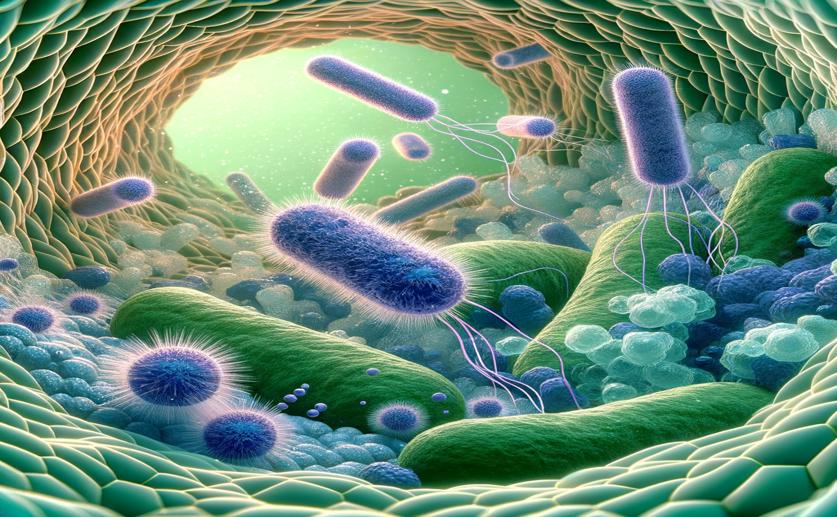
Bacterial Compounds That Fight Harmful Plant Fungi
Jim Crocker
28th June, 2024

Image Source: Natural Science News, 2024
Key Findings
- The study from the University of Hohenheim focused on how bacterial metabolites, specifically lipopeptides (LPs), affect fungal growth
- Bacillus strains GB03, FZB42, and BSn5 significantly inhibited the growth of the fungus Fusarium oxysporum f.sp. strigae (Fos)
- The presence of Fos triggered an increase in the production of bacillomycin D, a type of LP, by the Bacillus strains, highlighting dynamic microbial interactions
References
Main Study
1) Inhibitory activity of bacterial lipopeptides against Fusarium oxysporum f.sp. Strigae
Published 27th June, 2024
https://doi.org/10.1186/s12866-024-03386-2
Related Studies
2) The Hidden World within Plants: Ecological and Evolutionary Considerations for Defining Functioning of Microbial Endophytes.
3) Chemical signals driving bacterial-fungal interactions.
4) The rhizosphere microbiome and plant health.



 16th May, 2024 | Jenn Hoskins
16th May, 2024 | Jenn Hoskins